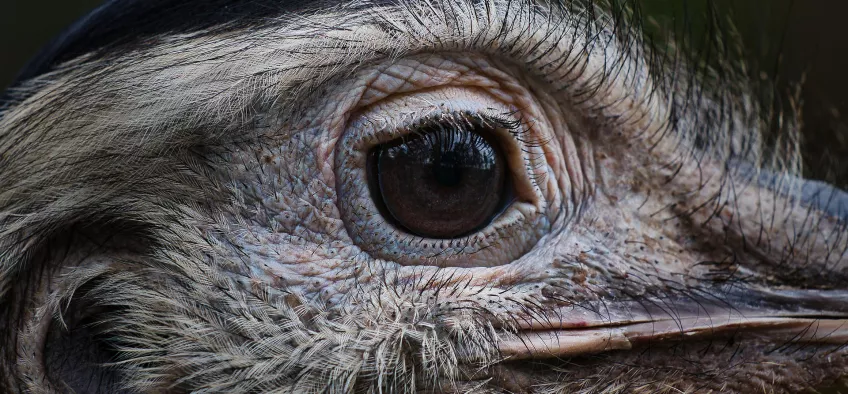Deep Time Cognition
- about the project

The concept of deep time is a result of the insights into Earth’s multi-billion-year history. Most of this time our planet harbored life. Animals likely arose as far back as 800 million years ago. Their increased speed of movement, as compared to other life forms, very soon led to the evolution of a nervous system that integrated sensory organs with motor movements. This was the advent of cognition.
Despite the extremely long existence of cognition, most cognitive research has focused on relative newcomers in the tree of life, such as ourselves and our close great ape cousins, as well as on some modern birds. This has restricted our knowledge about one of nature’s most fascinating phenomena. We do not know how cognition and brains have evolved in concert over eons, or what has driven the evolution. We have very few insights into what principles underly the evolution of cognition.
Cognition is a difficult process to study evolutionarily, because it is in its nature flexible. That is, cognition can buffer out changes in the environment that could have led to bodily adaptations. The flexibility of cognition can also result in that animals can occupy niches they were not originally adapted for. But what changes in the environment lead to cognitive adaptations? How has cognition changed over deep time? What makes the mediator of cognition – the brain – change?
In this project we start to tackle some of these major questions by combining the expertise and research efforts of three disciplines: cognitive zoology, neuroanatomy and paleontology. By working closely together on the same detailed questions, we aim to create an initial atlas over how neuroanatomy correlates with cognition expressed in behaviour. Drawing on these results we will be able to partly recreate the cognition of long extinct species, by making brain models based on fossils. This will make it possible to pinpoint cognitive changes in geological time, which can be correlated with possible major events in the history of Earth.
The cognitive zoologists and the neuroanatomists work on species that are alive today, and which sit in phylogenetic key positions that bracket extinct lineages. The paleontologists focus on the extinct animals as well as on geological events.
The main focus of the project is the Sauropsida lineage, that is, reptiles and birds, which include both the dinosaurs and the crocodilians. Although, some work will also be done on the Synapsida lineage, which contains all mammals and their forebears. These two lineages are separated by about 325 million years of evolution, but interestingly today birds and mammals show major similarities in their cognition.
Project funding
This project started 2022 and is mainly funded by the Swedish Research Council's grant for interdisciplinary environments and has four equal partners:
- Lund University
Mathias Osvath, PI
(Project leader)
The cognitive zoology group - Charles University
Pavel Němec, PI
Laboratory of Sensory and Evolutionary Neurobiology - Ohio University
Lawrence Witmer, PI
WitmerLab - University of Edinburgh
Steve Brusatte, PI
Edinburgh Vertebrate Palaeontology Research Group

Contact
Project coordinator
Helena Osvath
helena [dot] osvath [at] lucs [dot] lu [dot] se



